You probably think you’re in charge, right? You provide the food, the shelter, the cozy bed by the window. Yet somehow, you find yourself opening the door at three in the morning, serving meals on demand, and rearranging your furniture to accommodate your feline overlord. Let’s be real, if you’ve lived with a cat for any length of time, you’ve likely been trained. Not the other way around.
Scientific studies have determined that cats can manipulate and control humans in small and subtle ways. Over thousands of years living alongside us, cats have mastered the art of getting exactly what they want, when they want it. They’re not being mean or manipulative in a negative sense. They’re just really, really good at understanding what makes us tick. So let’s dive in and explore the sneaky tactics your cat uses to run your household.
1. The Solicitation Purr: Your Cat’s Secret Weapon

Think all purrs are created equal? Think again. In the journal Current Biology, scientists discovered that a special kind of cat vocalization might be taking advantage of our inherent instinct to nurture. Specifically, it’s a solicitation purr. Most purrs have a low, droning sound, while solicitation purrs have a high-pitched cry embedded. That urgent, slightly annoying sound hidden within the purr? It’s genius, honestly.
Cats purr differently in tone and duration when they are asking for food than when they are purring in other situations, and people can tell the difference. Your cat learned this trick because it works. The purr-cry may subtly take advantage of humans’ sensitivity to cries they associate with nurturing offspring. Every time you’ve jumped up to fill that food bowl at five in the morning, you’ve reinforced this behavior. Congratulations, you’ve been played by a master.
2. Strategic Meowing: A Language Invented Just for You
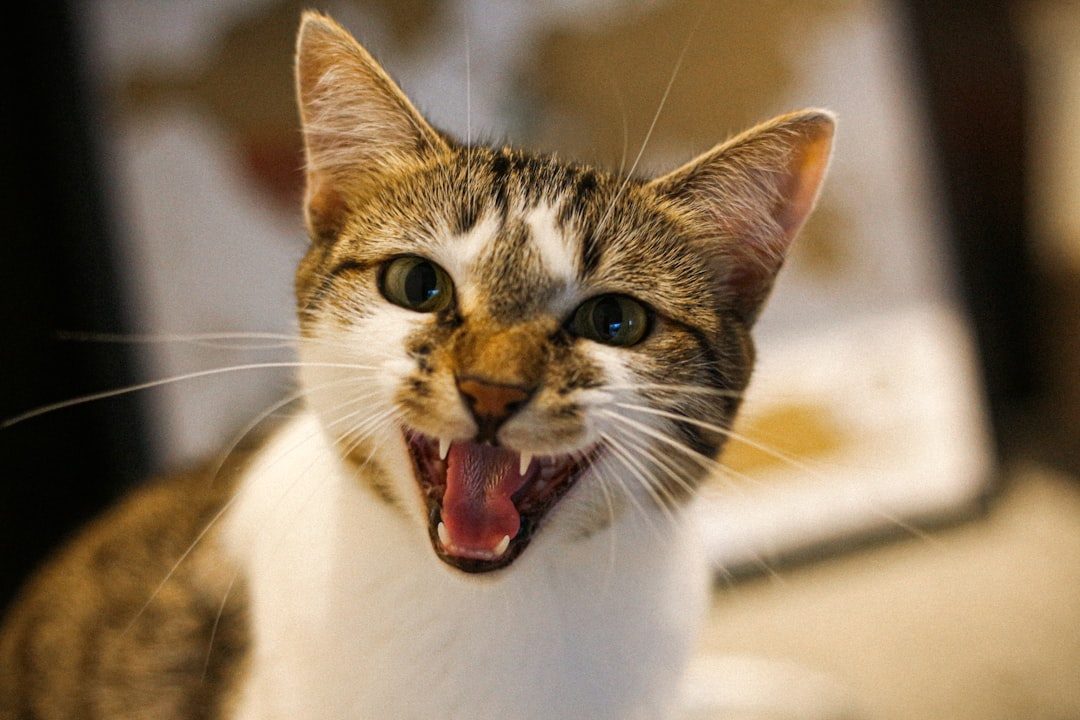
Here’s something wild. Adult cats rarely meow at each other. Cats don’t understand the meaning of their meows, but they do know which meows elicit which human behaviors. They’ve developed an entire vocabulary specifically designed to communicate with humans because they figured out we respond to vocalizations.
When they want something – picture a cat rubbing against your legs in the kitchen while you open a can of wet food – they purr extra loudly. Each meow, chirp, or trill has been carefully calibrated through trial and error. When that particular sound gets them fed, petted, or let outside, they file it away for future use. Your cat essentially created a custom communication system based entirely on what gets results from you.
3. The Power of the Purr (Beyond the Solicitation Version)
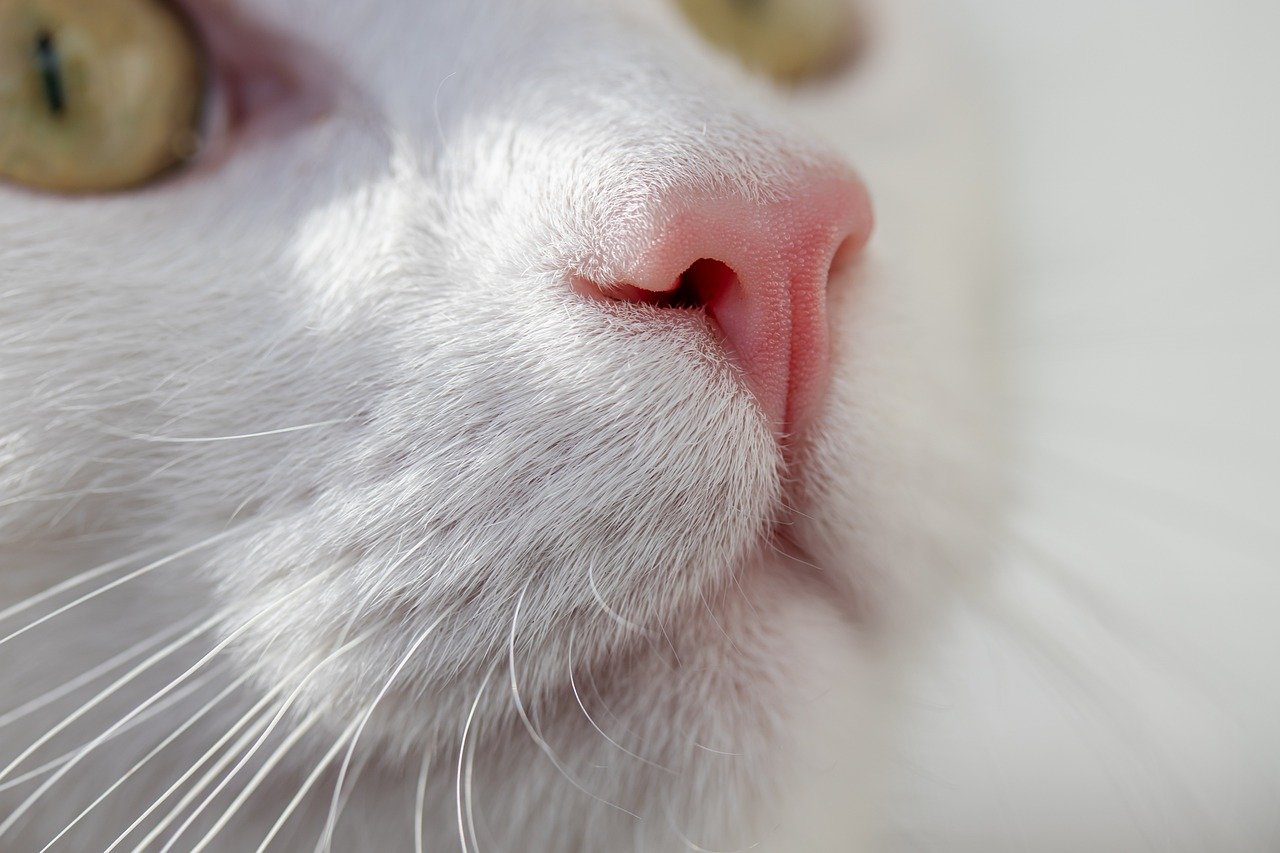
Multiple studies have shown that purring also has a positive effect on us. Holding a purring cat close to you reduces stress levels, you will feel calmer, and your cat will feel relaxed and happy. Your cat knows this, even if they don’t understand the science behind it. They know that when they purr, you melt.
If your cat wants attention, they will start by rubbing against your leg or bumping you with their head. If you ignore that attempt, they will likely jump onto your laps or lie down on your papers/computer, and start purring. You will instinctively start petting them, and enjoy the calming experience and they in return will enjoy your attention. It’s a beautifully orchestrated exchange where everyone wins, except you’re the one who just got manipulated into a cuddle session when you were trying to work.
4. The Laptop Lounge: Positioning for Maximum Attention
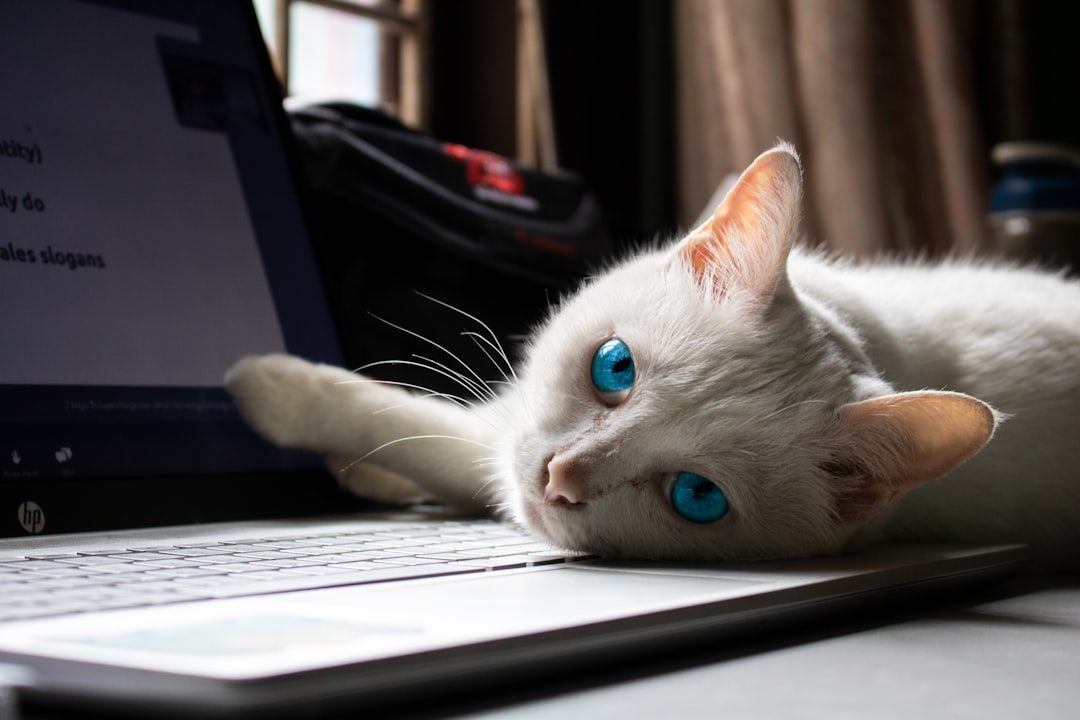
Ever notice how your cat has an uncanny ability to sit on whatever you’re currently using? The laptop keyboard, the book you’re reading, the puzzle you’re assembling? That’s not an accident. Cats can observe our behavior in a process called ‘social referencing.’ This is something that children learn and use right into adulthood. As they are clever enough to put our behavior in context, they can train themselves to behave in a manner that triggers those behaviors.
Your cat has figured out that the thing commanding your attention is their competition. They know from experience that when they plop themselves right in the middle of your focus zone, you stop what you’re doing and interact with them. Mission accomplished. They’ve learned to insert themselves between you and your task because it works every single time.
5. The Feeding Schedule Drill: You’re the Alarm Clock Now
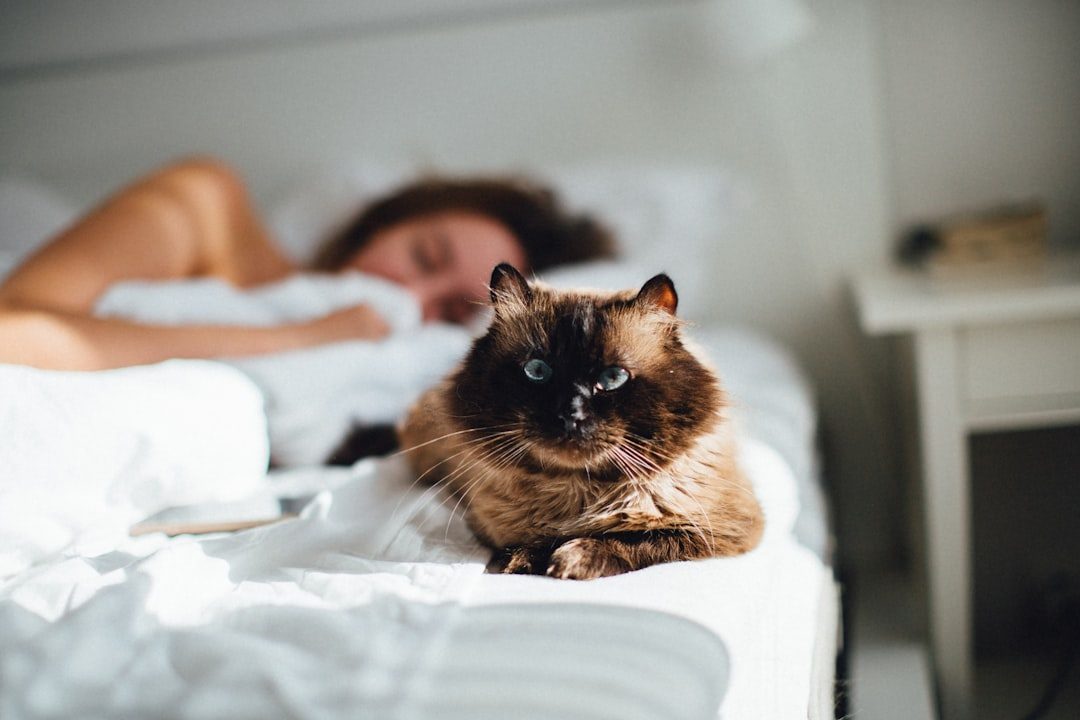
Cats are perfect alarm clocks and always stick to their schedule because they live for routine. If your cat wakes you up at the same time every morning, if they demand to be fed at the same time every day and if they expect you to dedicate your free time after you come back from work/school, then congratulations, you have a small tiger-like boss at home. If you’ve ever given in and fed your cat at dawn just to get five more minutes of sleep, you’ve trained them that persistence pays off.
Some cats ask for food dozens of times a day, including at night, with rubbing, pacing, meowing, or sometimes loud purring. Each time you respond to these demands, you’re reinforcing the pattern. Your cat doesn’t wear a watch, yet somehow they know exactly when dinner should be served. They’ve conditioned you to their schedule, not the other way around.
6. Door Service on Demand
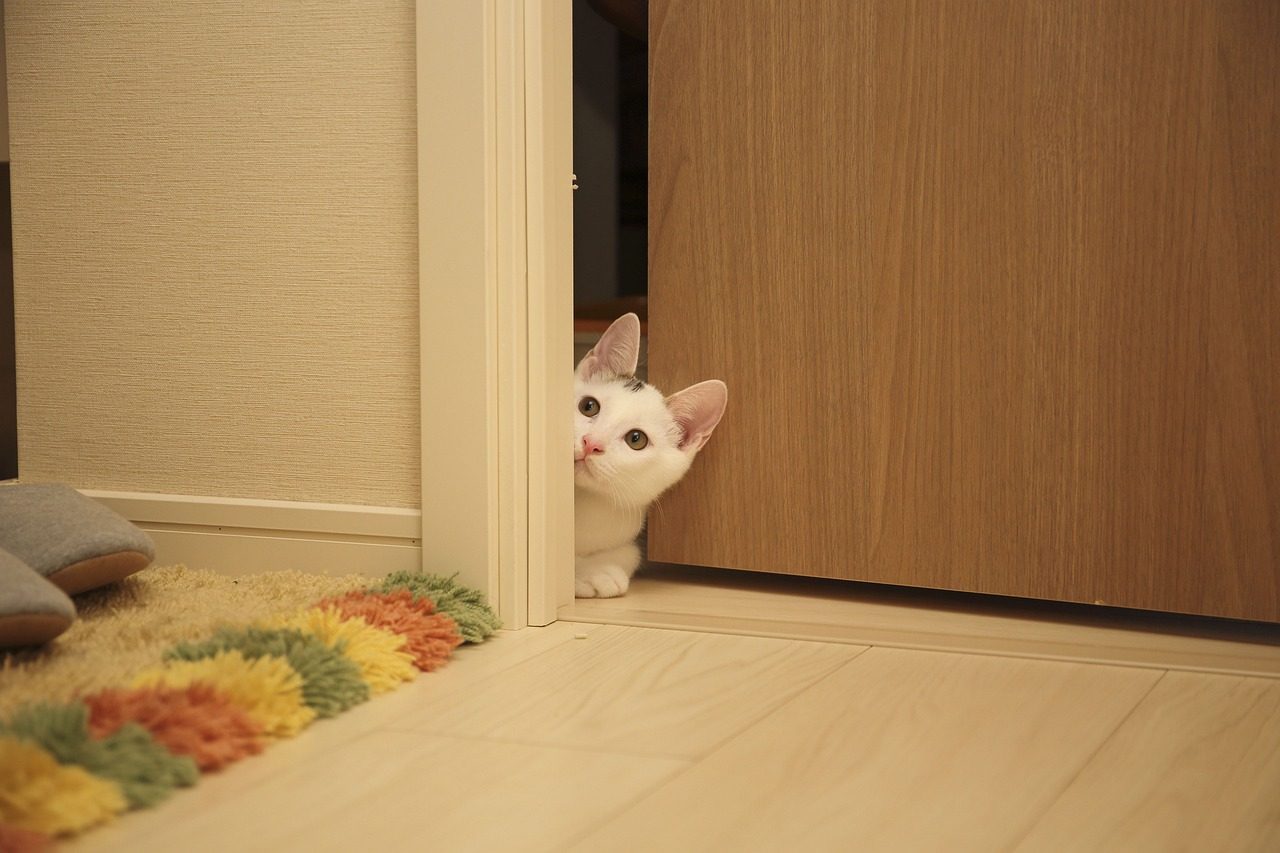
An example of extinction is ignoring a cat that howls at night for attention. If the owners get up to feed the cat (or even in many cases to yell at it), the behavior continues. If they stop feeding the cat or giving it attention, the cat will eventually stop howling during the night because the reward is no longer there. The catch? Most of us cave long before the extinction phase kicks in.
Your cat sits at the door and meows. You open it. They sit there contemplating whether to actually go out. They stay in. Ten minutes later, they meow at the door again. You’re now a doorman in your own home. They’ve trained you through operant conditioning, the same method psychologists use in labs. Except you’re the lab rat, and your cat is running the experiment.
7. The Slow Blink: Emotional Manipulation at Its Finest
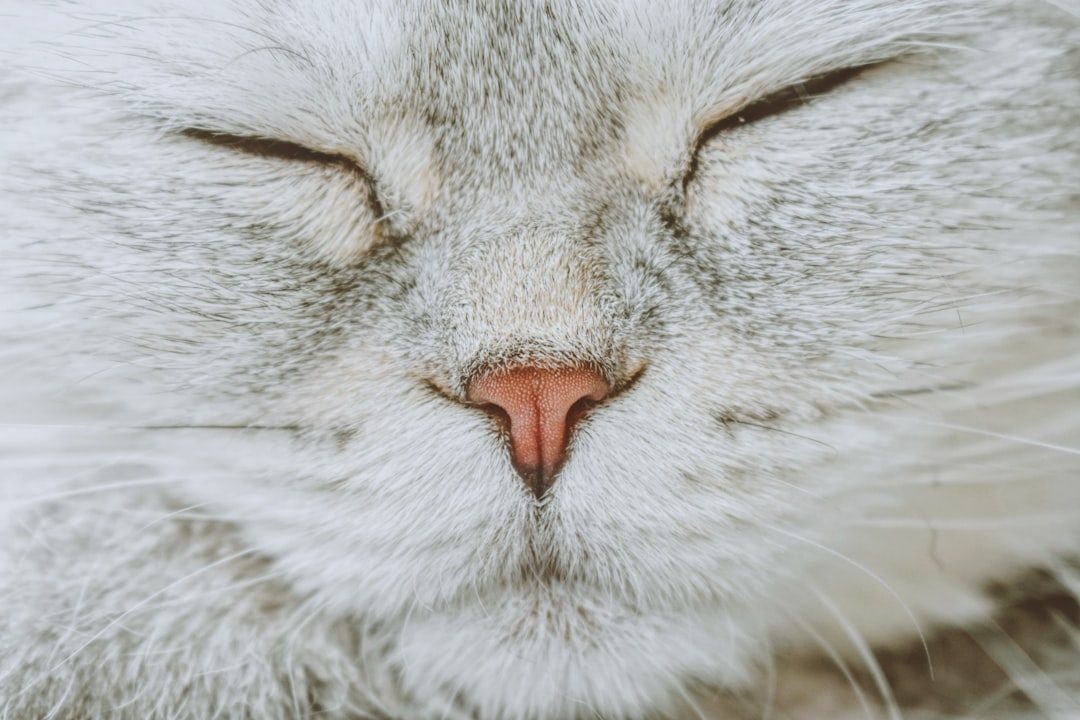
They show a specific set of feline behaviors: several half-blinks followed by prolonged eye narrowing or eye closure. When a familiar human slow-blinks towards a cat, the cat tends to approach the human more frequently than if the human has a neutral expression that avoids eye contact. It’s basically a cat kiss, and it makes us feel incredibly special.
When your cat gives you that slow, deliberate blink from across the room, your heart practically melts. You probably smile, talk to them in a soft voice, maybe even approach them for pets. They’ve figured out that this simple gesture triggers an affectionate response from you. It’s hard to say for sure, but I suspect cats discovered this one entirely by accident and then weaponized it.
8. Reciprocity: The “I’ll Scratch Your Back” Approach
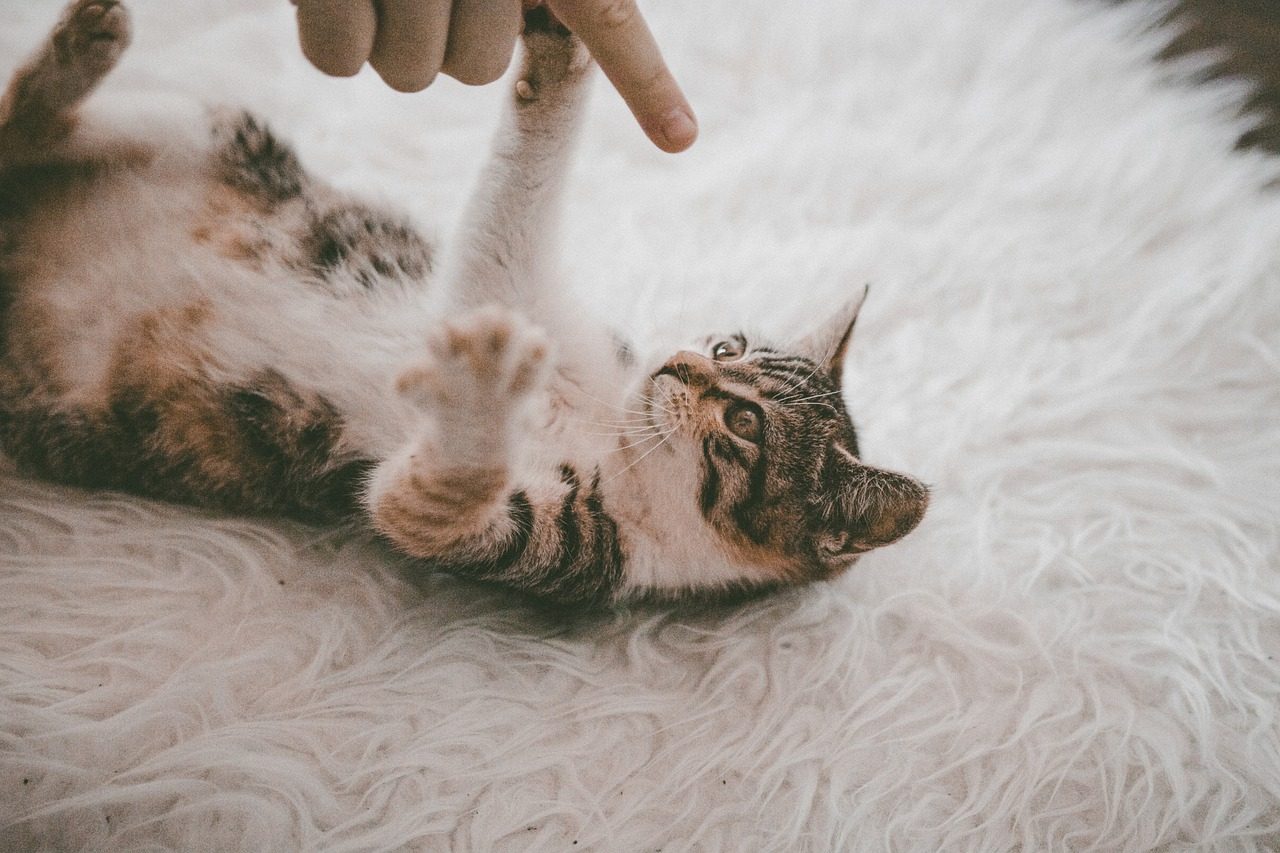
In a research study published in the journal Behavioral Processes, researchers determined that cats’ and humans’ bonds may be akin to humans’ bonds with other people. Amongst their researches was proof of cats following their human’s wishes, but if the human fulfilled their wants first. Essentially, your cat learned that if they do something you want, you’re more likely to do something they want.
Your cat might use the scratching post instead of the couch (good kitty!), but only after you’ve given them treats and attention. They might come when called, knowing full well there’s tuna involved. It looks like cooperation, and in a way it is. Yet your cat is still the one setting the terms of the negotiation. They’re training you to reward them for baseline decent behavior.
9. Timing Their Cuteness for Maximum Impact
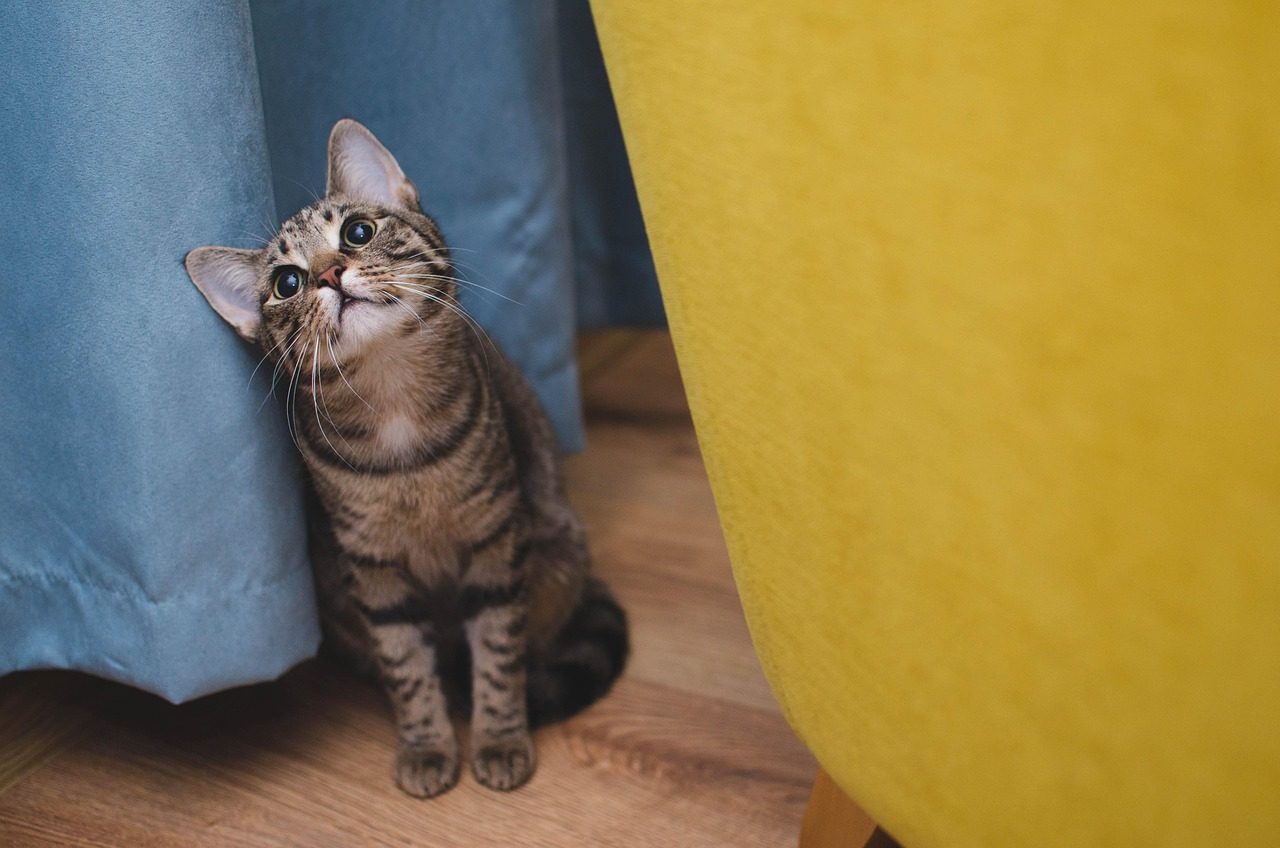
Researchers determined that cats elicit this nurturing behavior in humans. Based on the results, the effect of the baby schema extends to cats. The way we look at human babies is similar to how we look at cats. Your cat’s big eyes, small nose, and round face trigger our parental instincts. They didn’t plan it that way evolutionarily speaking, yet they’ve learned to use it.
They jump on your lap, they get pets. They know just how to get what they want from you, because they know that you are motivated by their reward: a little bit of their precious attention! You have been trained to respond to your cat’s demands. You have been positively reinforced by your cats to do good things for them because they reward you with their affection, so you do those things again, and again, and again. That adorable head tilt when they want something? They know what they’re doing. That little chirp when you walk in the door? Calculated cuteness designed to make you happy to see them so you’ll keep providing the good life.
Conclusion
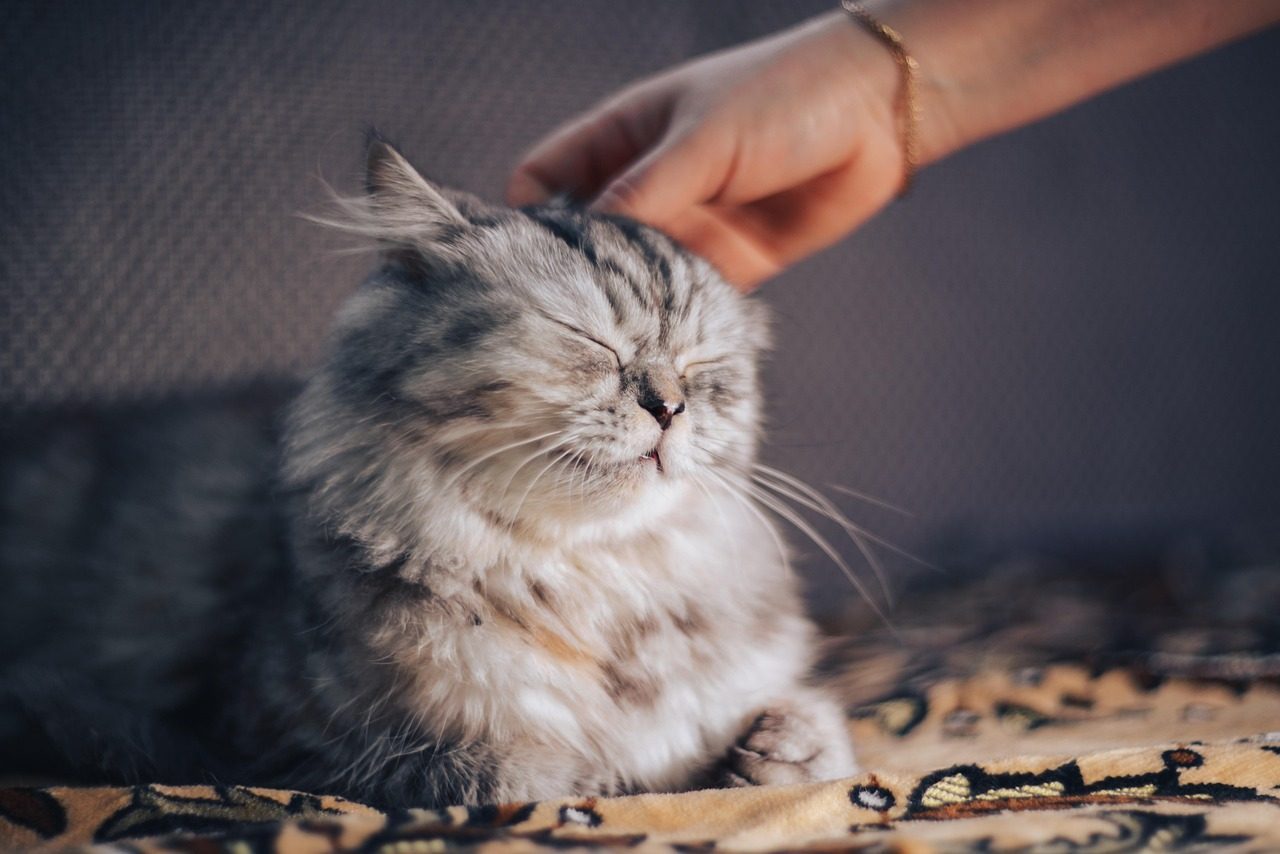
Over the many years cats have been with us, they have evolved and learnt how to use clever manipulation techniques without us noticing. They are incredibly smart and they will always find a way to get what they want from their human. The truth is, this relationship works because both parties benefit. You get companionship, stress relief, and unconditional love (on their terms). They get food, shelter, and a devoted servant who thinks they’re in charge.
When given free access to food, toys, human interaction and a source of scent, most cats choose social interaction with a human over the other three stimuli. This was true for pet cats. So maybe they do care about us beyond the can opener situation. They’ve just gotten really good at training us to meet their needs while making us think it was our idea all along. What do you think? Has your cat trained you into any behaviors you only just realized? Tell us in the comments.





